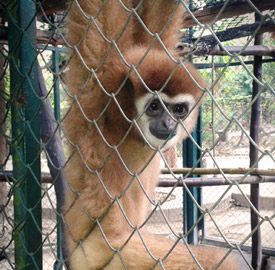Phuket, Thailand’s largest and most touristic island, is renowned for its beautiful beaches. Some stretch for kilometers, while others are only a few meters long. Its allure has drawn tourists from around the globe, but this popularity has led some to view it as a lost paradise.
Finding secluded spots can be challenging, though if you’re willing to explore, you might discover less crowded areas. If you’re seeking peace and quiet, Phuket may not be the ideal choice, but if you’re after a lively beach and party destination, you’ve come to the right place.
If you’re traveling to Thailand, we recommend making a stop to visit one of the country’s most famous islands.
As the largest island in Thailand, Phuket is surrounded by the Andaman Sea. Despite being highly touristic, it offers spectacular beaches such as Kata Yai, Kata Noi, Nai Harn, and Ya Nui. Besides its famous beaches, Phuket also features attractions like the historic center of Phuket Town, the local market, and the Big Buddha. It’s also a great starting point for visiting other well-known islands or taking boat trips to explore its rich marine life. At the end of this article, we’ll share our thoughts on animal-based tourist attractions.
Phuket experiences two main seasons: high and low.
Travel Tip: Check out our article on the best time to visit Thailand for month-by-month climate information.
To begin with, we always recommend getting good travel insurance Thailand. This can save you a significant amount on medical expenses and, most importantly, ensures that the insurance covers the costs upfront, so you don’t have to pay out of pocket.
In the previous article, we go into more detail about healthcare in Thailand, as well as tips on how to get the best insurance (and save money).
Nowadays, finding hotels, guesthouses, or restaurants in Thailand with free Wi-Fi is pretty common. However, there are still those who prefer (or need) to stay connected at all times.
That’s why we’ll show you how to get an eSIM Thailand card with internet— now also available with unlimited data.
Depending on your starting point, there are several ways to reach the island. You can fly directly to Phuket from northern Thailand or take a bus from Bangkok:
The quickest way to reach Phuket is by plane. There are direct morning flights to Phuket, allowing you to start enjoying the island immediately.
There are several daily flights from Bangkok (DMK) to Phuket (HKT), which has the second-largest airport in Thailand. This gives you an idea of the number of domestic and international flights it handles.
From Europe and in high season, you can find direct flights, also from China, Singapur, Indonesia or Malaysia. Once at the airport, there are several shuttle or taxi options to get to Phuket:
Phuket is connected by land via a bridge, making the bus journey from Bangkok about 13 hours. Several companies operate this route, from public to private options. Once at the Phuket Town terminal, you can connect to Krabi or Phang Nga Bay.
Speedboats from islands like Ko Racha, Ko Phi Phi, or Similan connect to Phuket’s port, with travel times ranging from 1 to 3 hours depending on the island.
The great thing about Phuket is that it never gets old. If you’re not one to stay at a single beach all week, there are dozens of beaches to explore. Some are small, 200 to 300 meters long, reminiscent of Ibiza’s coves, while others stretch for several kilometers.
Here are several recommendations.
Keep reading to find the beach that best suits your travel style. And please, always check the flags when you arrive at a beach, as some have quite dangerous currents.
Kata Beach is one of the most well-known, but it maintains a balance between activity and a relaxed atmosphere. If water sports and parasailing aren’t your thing, you can lay out your towel in the shade of the trees between the beach and the large resort that occupies the entire back area.
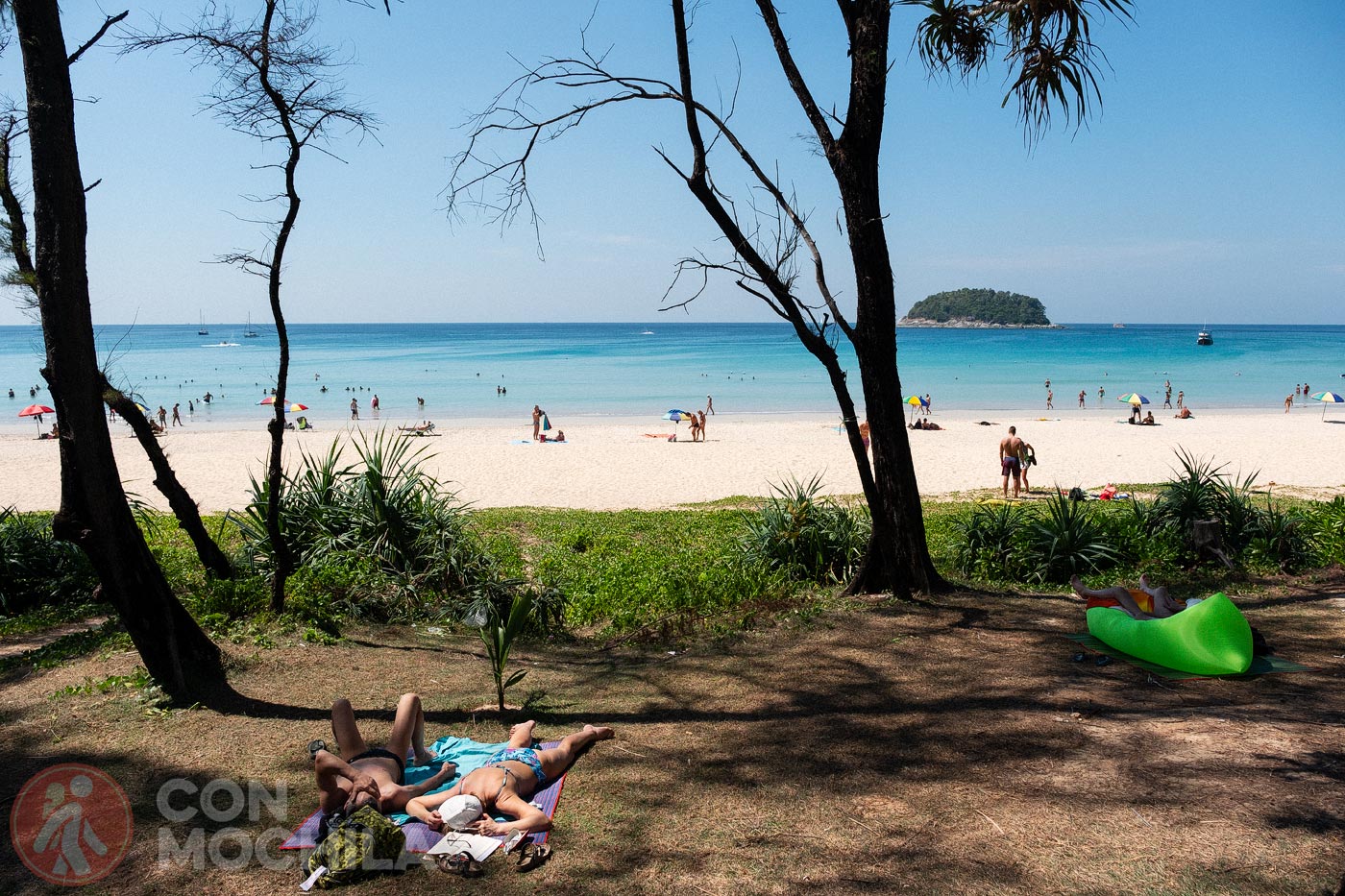
Smaller than its big sister, Kata Noi is located just south of Kata Yai. It’s shorter, but the stretch of sand is incredibly wide. There’s less shade, so it’s better to visit in the afternoon. You can reach it by walking along the streets behind the rocks separating the two beaches but avoid doing so during the hottest hours. Alternatively, a taxi can take you there.

Located in the south of the island near a lake of the same name, Nai Harn’s turquoise waters attract tourists from all over the world. However, don’t be complacent; despite its beauty, the strength of the waves and currents could surprise you. Behind the beach, there’s a wooded area for shelter from the sun, a market with food and souvenirs, and some restaurants.
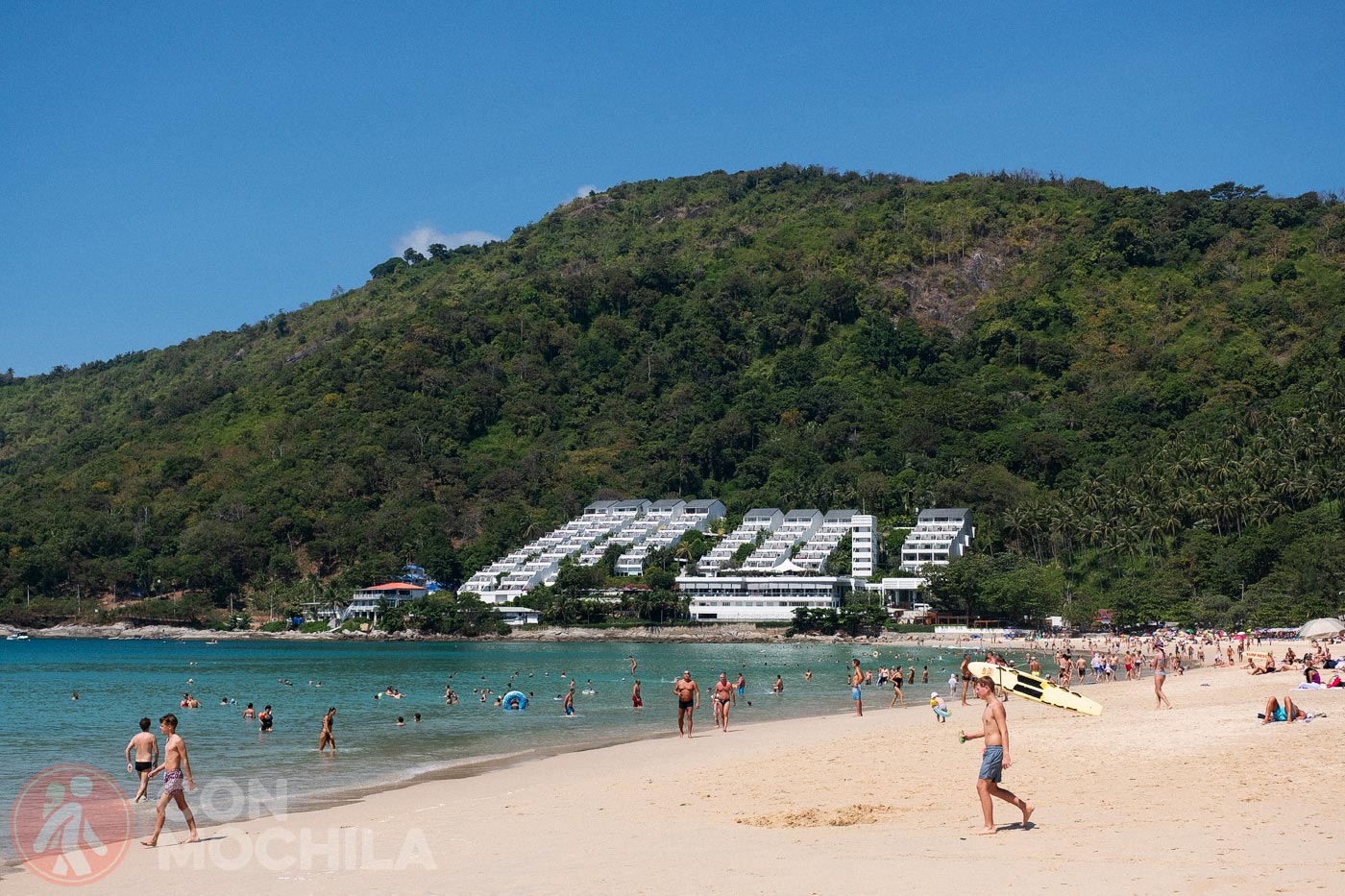
Despite being far from the more crowded beaches, Surin Beach has a lively atmosphere. You can rent sunbeds and umbrellas for the day and dine at one of the many restaurants behind the beach before entering.
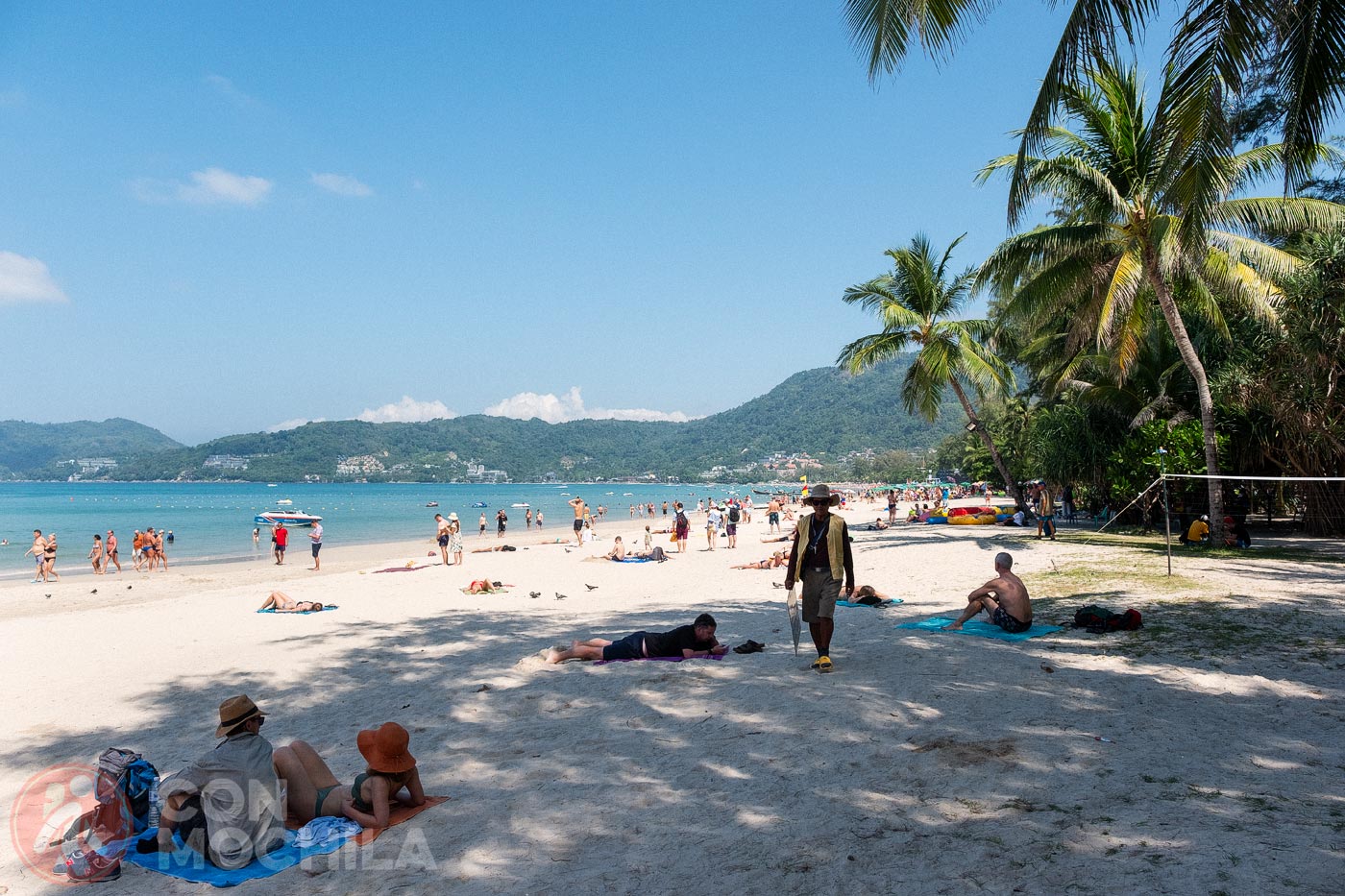
Patong Beach reminded us a bit of Cullera (Spain) in August. Crowded, full of bars, restaurants with loud music, and places to get a massage. Its white sand and turquoise waters might make you forget what’s behind you (or maybe not). If you’re looking for nightlife, this is your spot.
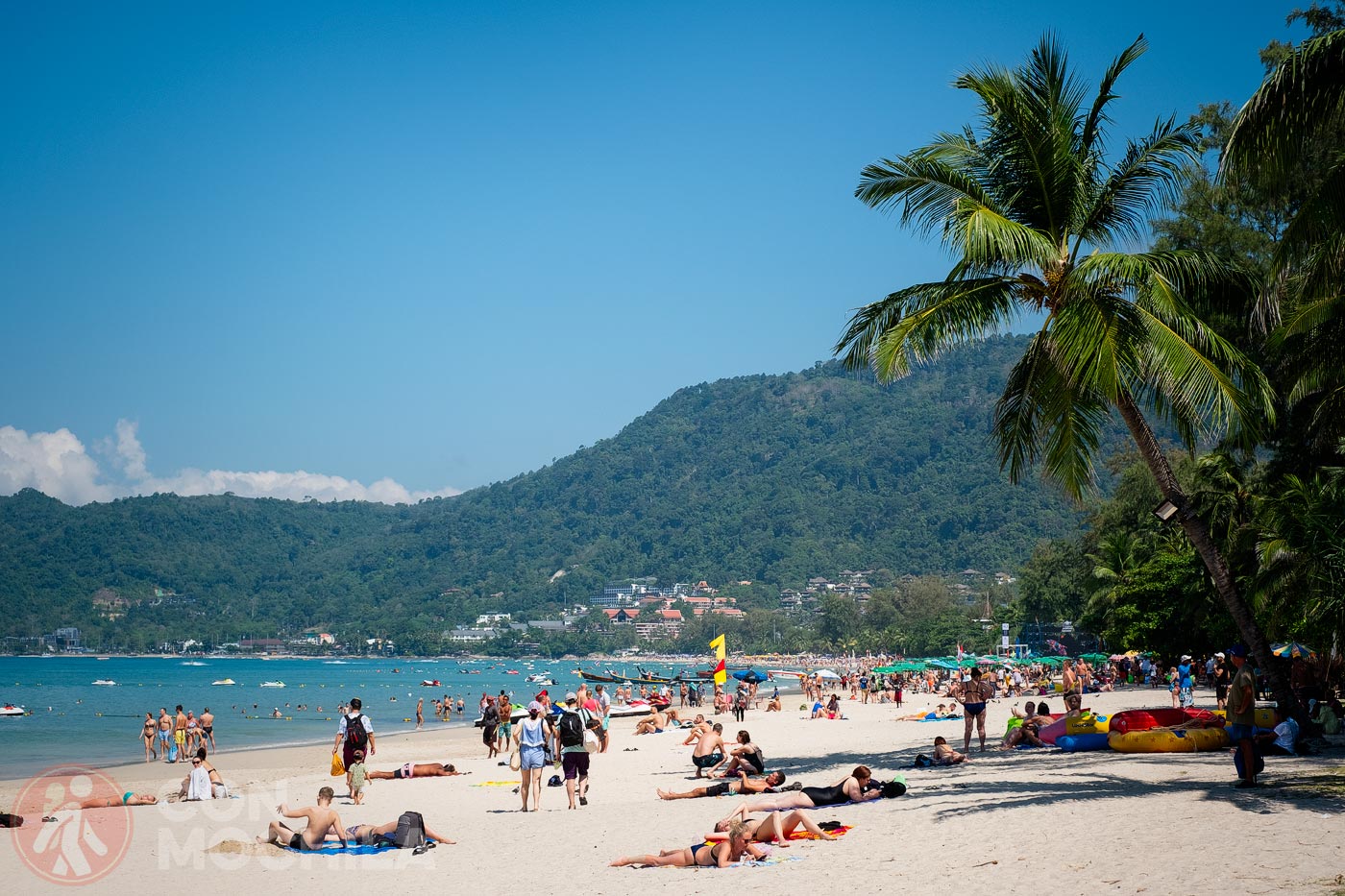
A long, narrow sandy stretch, less crowded than its neighbor Patong but still very popular among tourists. Be cautious at Karon Beach; although it’s safe for swimming, you need to watch out for currents. Numerous resorts and a market await you behind the beach.

About 7 km north of Patong, you’ll find Kamala Beach, a popular but quieter beach. It’s perfect for swimming but pay attention to the flags. There’s an area with palm trees where you can lay your towels to shelter from the sun. With a few restaurants and hotels behind it, it’s a good spot if you’re not looking for too much partying.
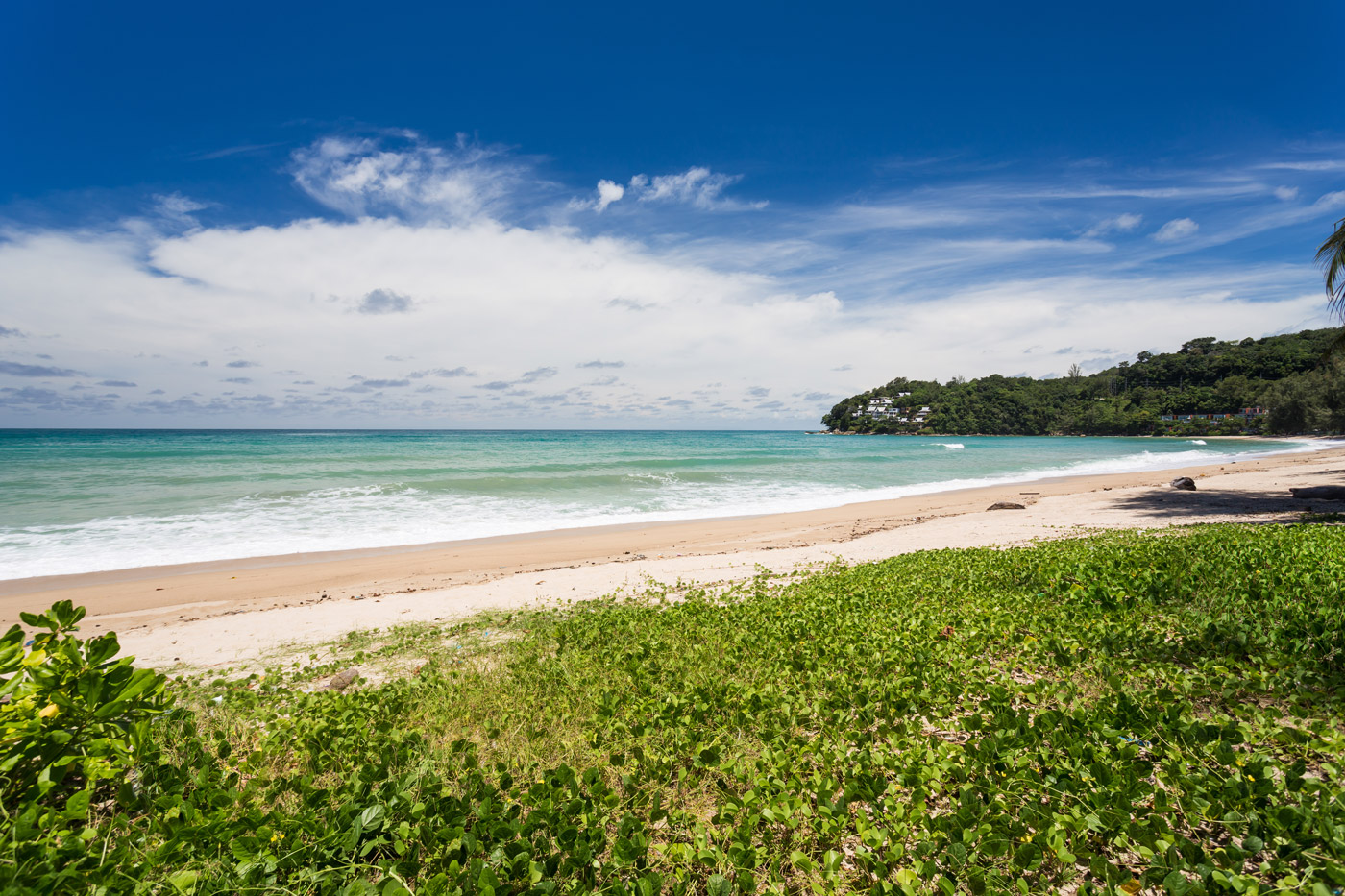
Paradise Beach is a spectacular beach with white sand and crystal-clear waters, not far from Patong. It offers many services in exchange for an entry fee: you’ll have access to a shuttle, lockers, showers, toilets, music, parking, and a lifeguard. Additionally, they offer extra services like sunbeds, massages, bar service right on the sand, and snorkel gear, among others.
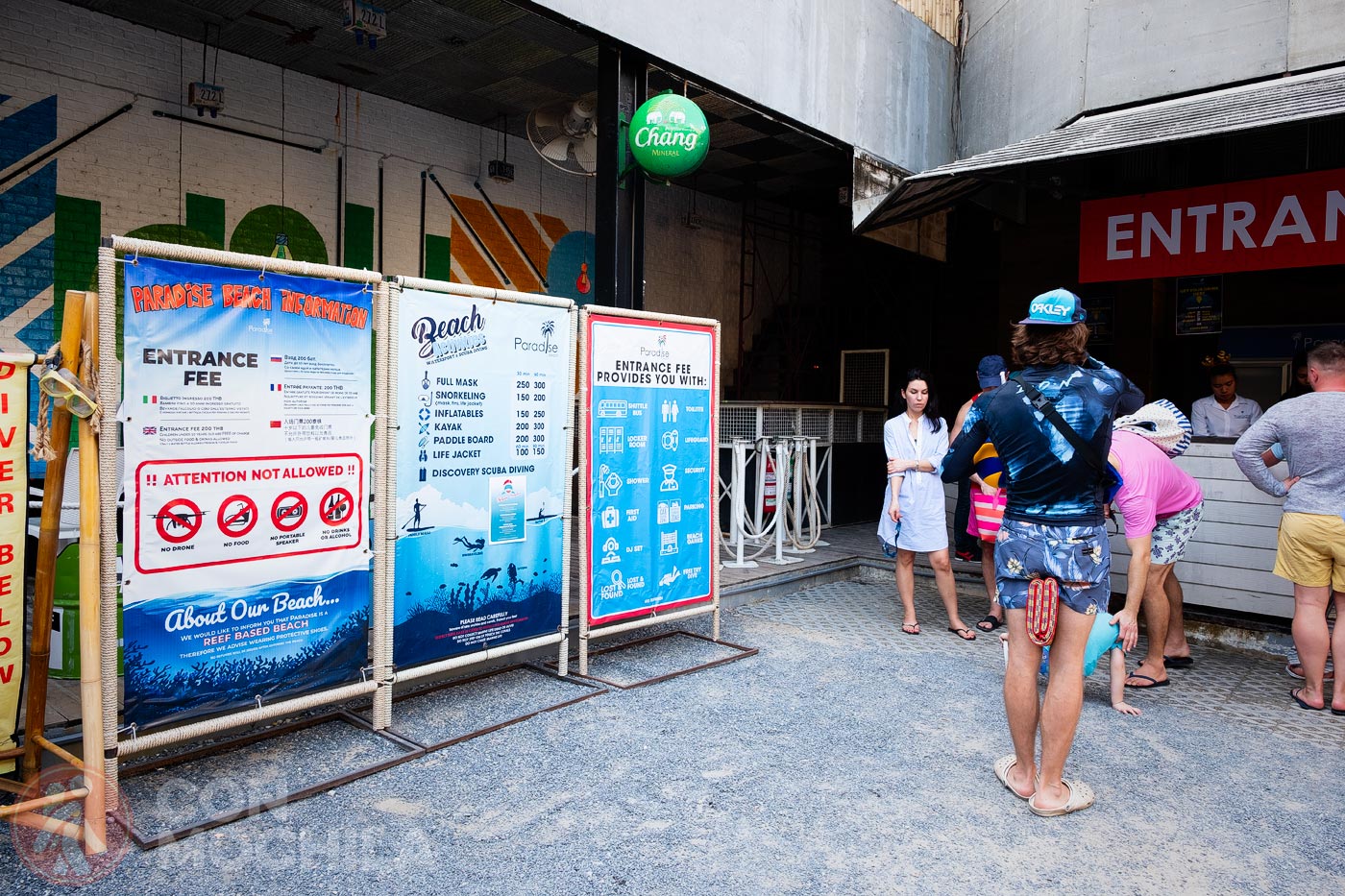
Freedom Beach has much more charm than the previously mentioned beaches, so you can skip them and head straight here. Located between Karon and Patong, you’ll need a vehicle to reach it. It’s one of the more tranquil beaches, but you’ll have to earn your rest as access requires descending some stairs that cut through the jungle.
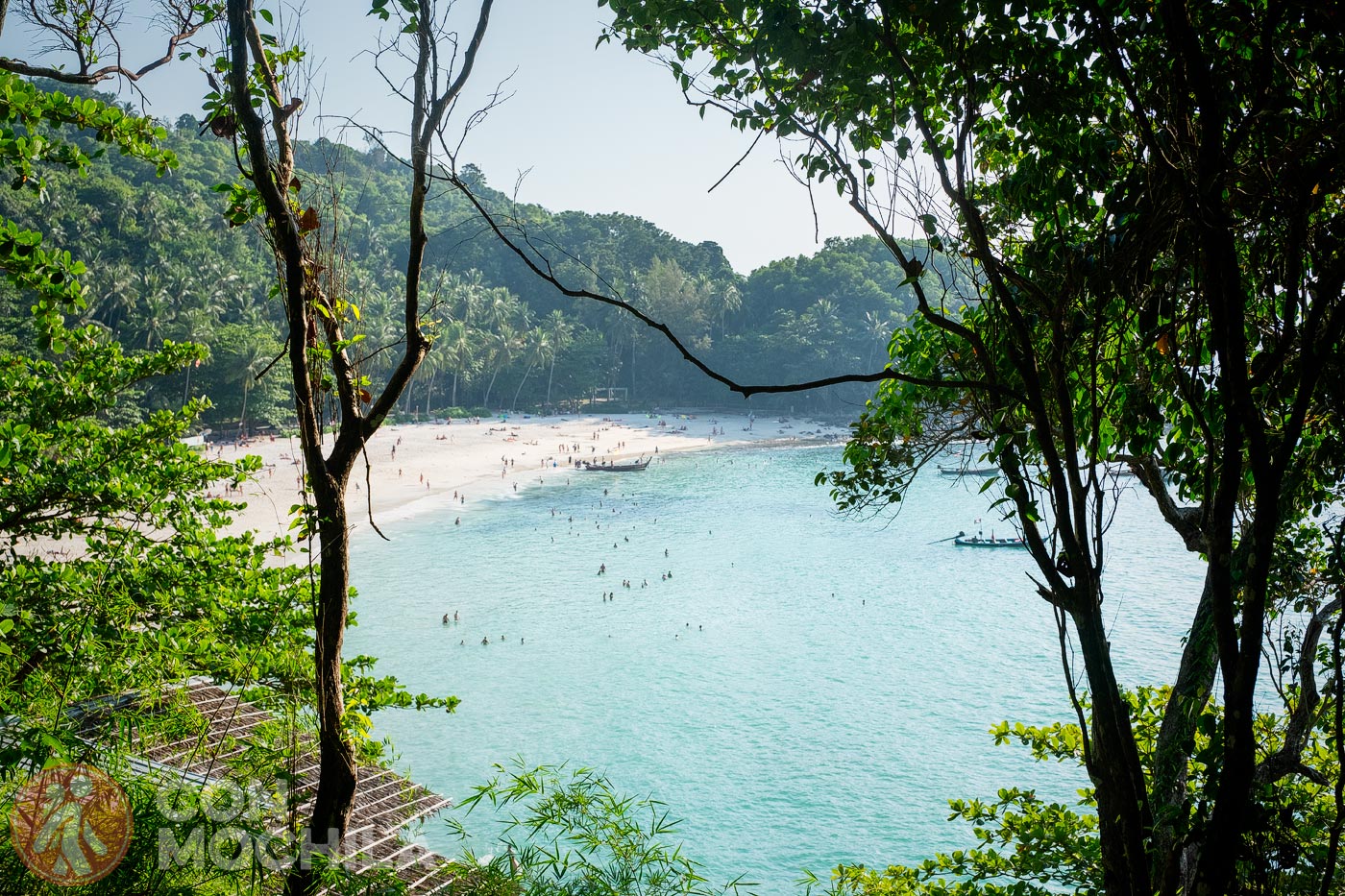
South of Freedom Beach lies Laem Sing, a smaller beach with fewer visitors. The walking path might be closed, but that won’t be a problem because speedboats from Surin can take you there and back for 200 baht. The beach has a wilder feel, but there’s even a restaurant on the rocks with incredible views.
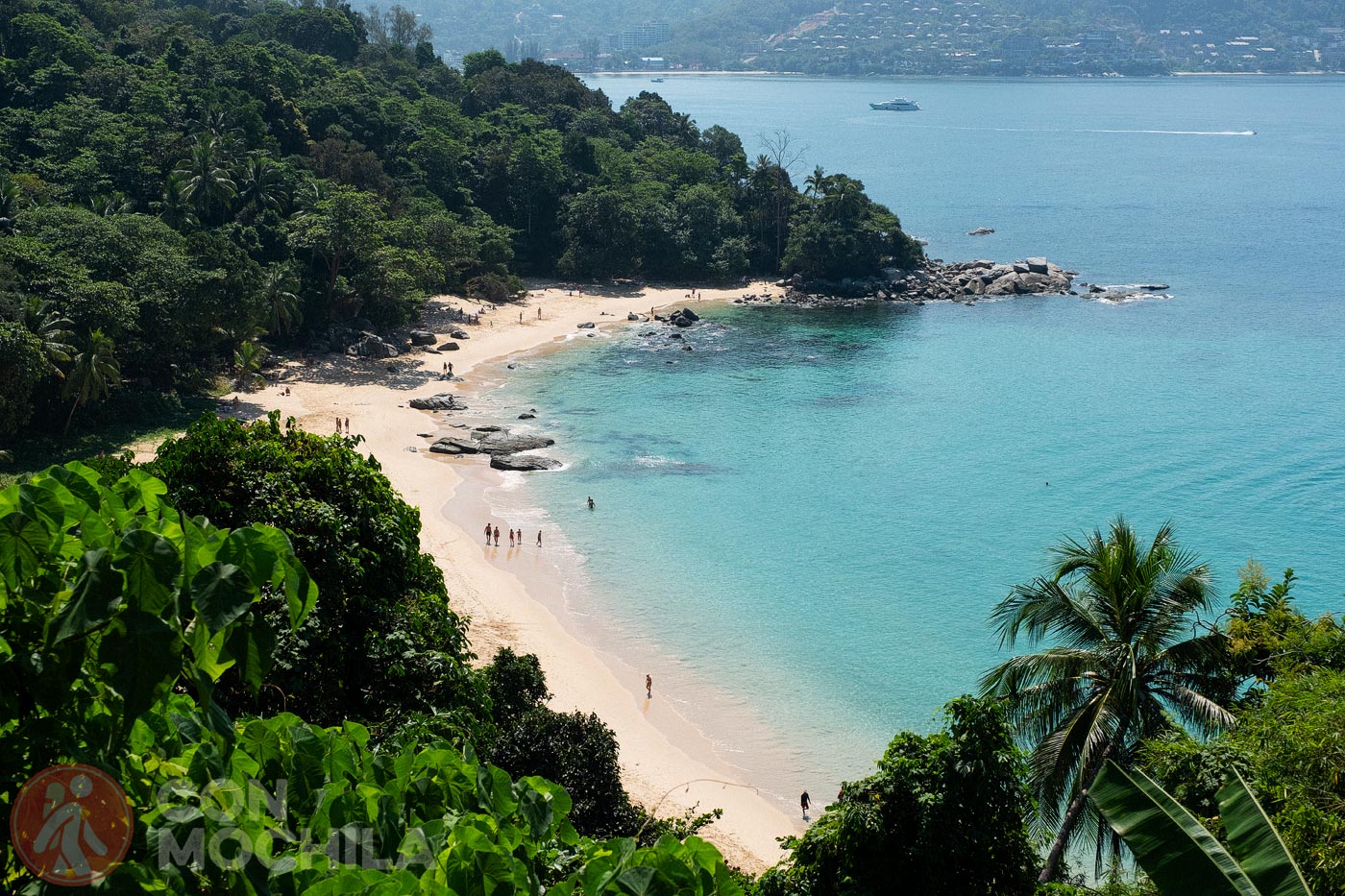
An alternative option, or a change from Laem Sing, is Ya Nui. It’s one of the smallest beaches, but it has the charm of a small promontory surrounded by submerged rocks, inviting you to snorkel. Right behind it, there’s a restaurant named after the beach with a beautiful garden where you can enjoy Thai food at an affordable price.
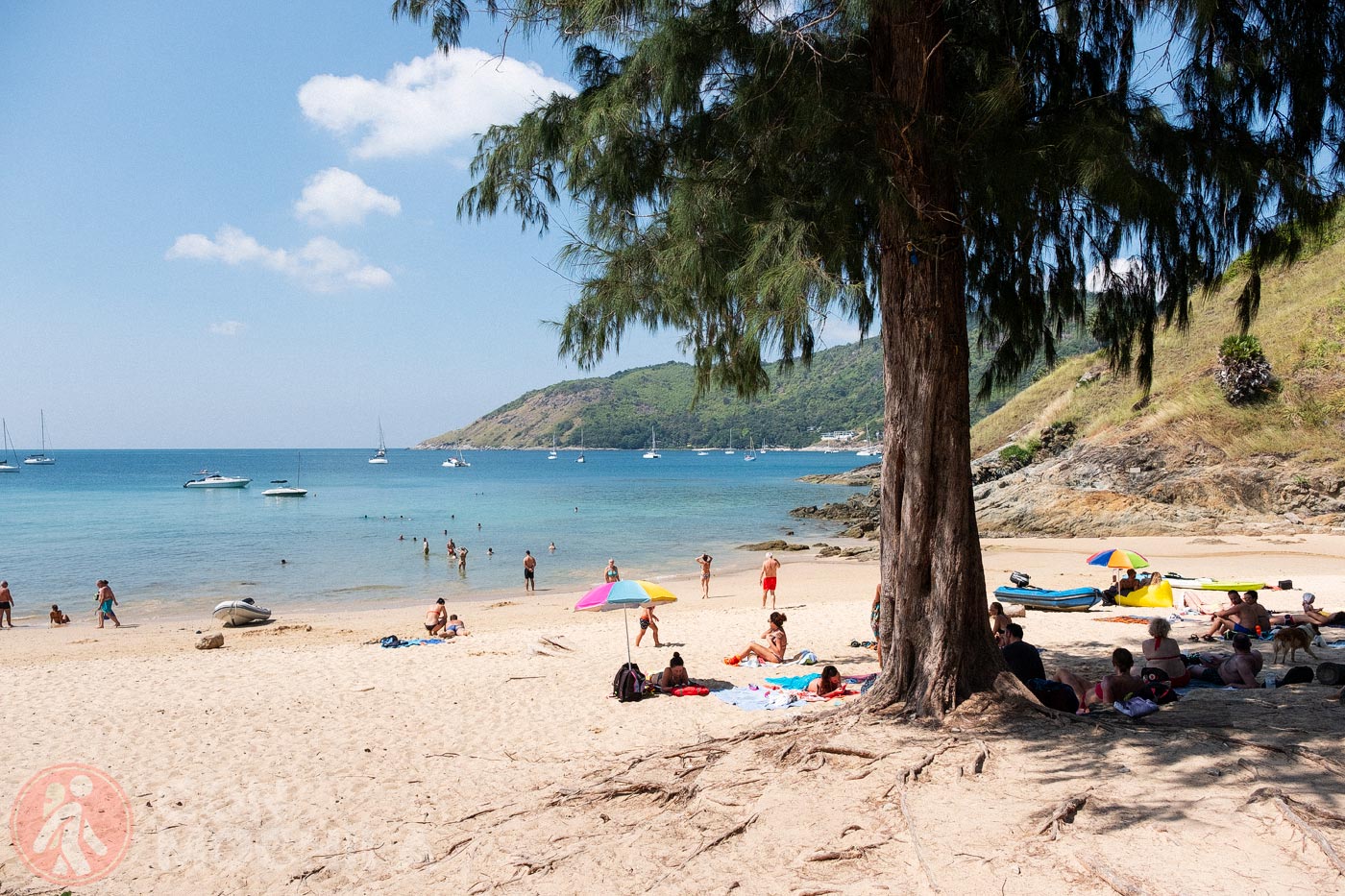
Phuket, Thailand’s largest island, offers much more than just beaches. From Sirinat National Park to temples and markets, you can spend several days on the island without running out of activities.
Phuket town is often overlooked because the beaches steal the spotlight, but there’s plenty to see and do here. The small capital is full of life, from monks wandering in the early morning light to colorful Portuguese-era buildings that still stand amidst small shops, restaurants, and markets. If you’re looking for souvenirs, this is a great place to shop.
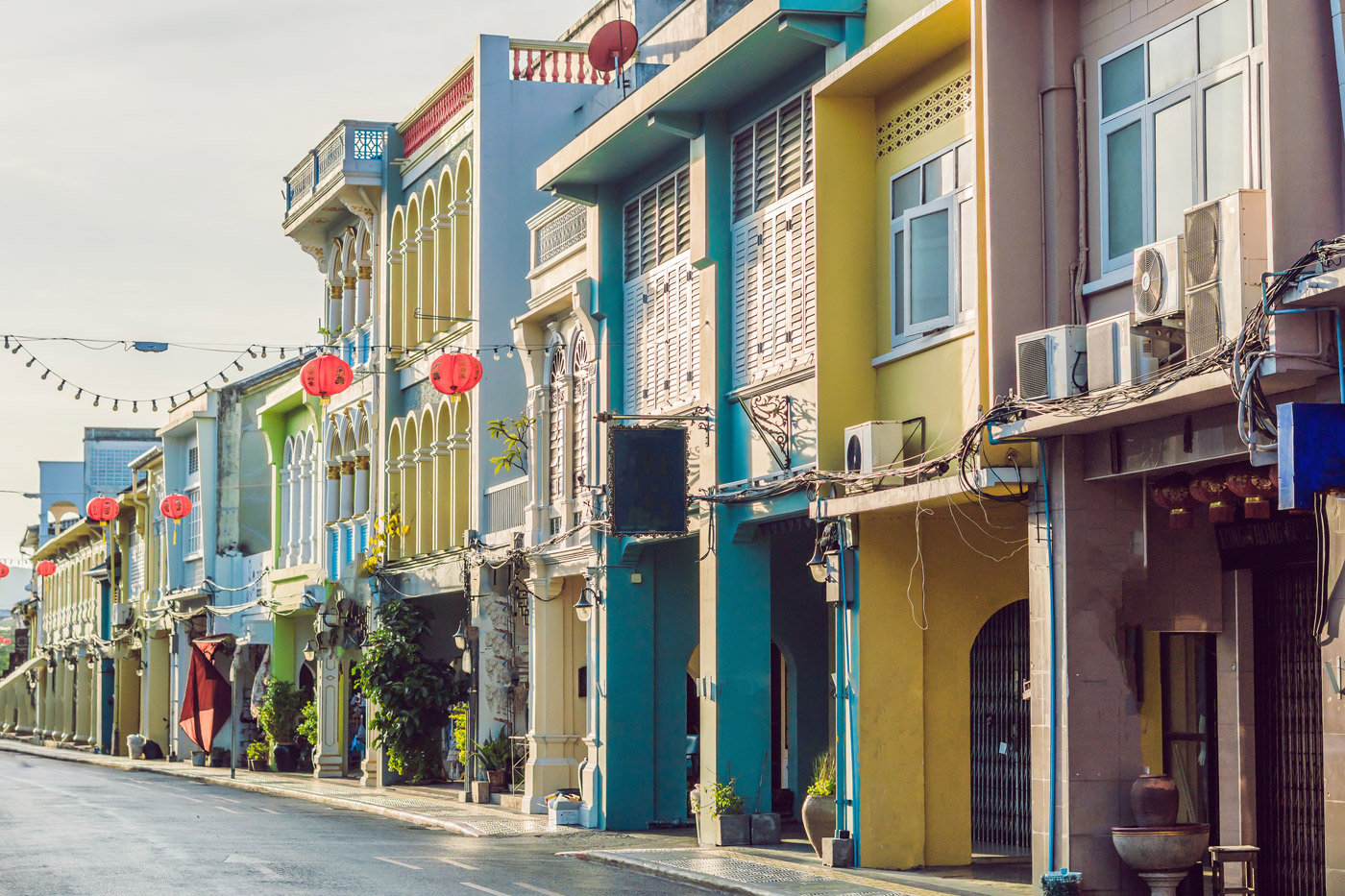
Whether you start your day at the beach or have had enough sun, a trip to the Big Buddha will give you a panoramic view of Phuket. Known in Thai as Phra Phutta Ming Mongkol Akenakiri, this massive statue is covered in Burmese marble.
To reach it, simply negotiate a price with a taxi driver, who will likely offer you the trip as soon as you arrive.
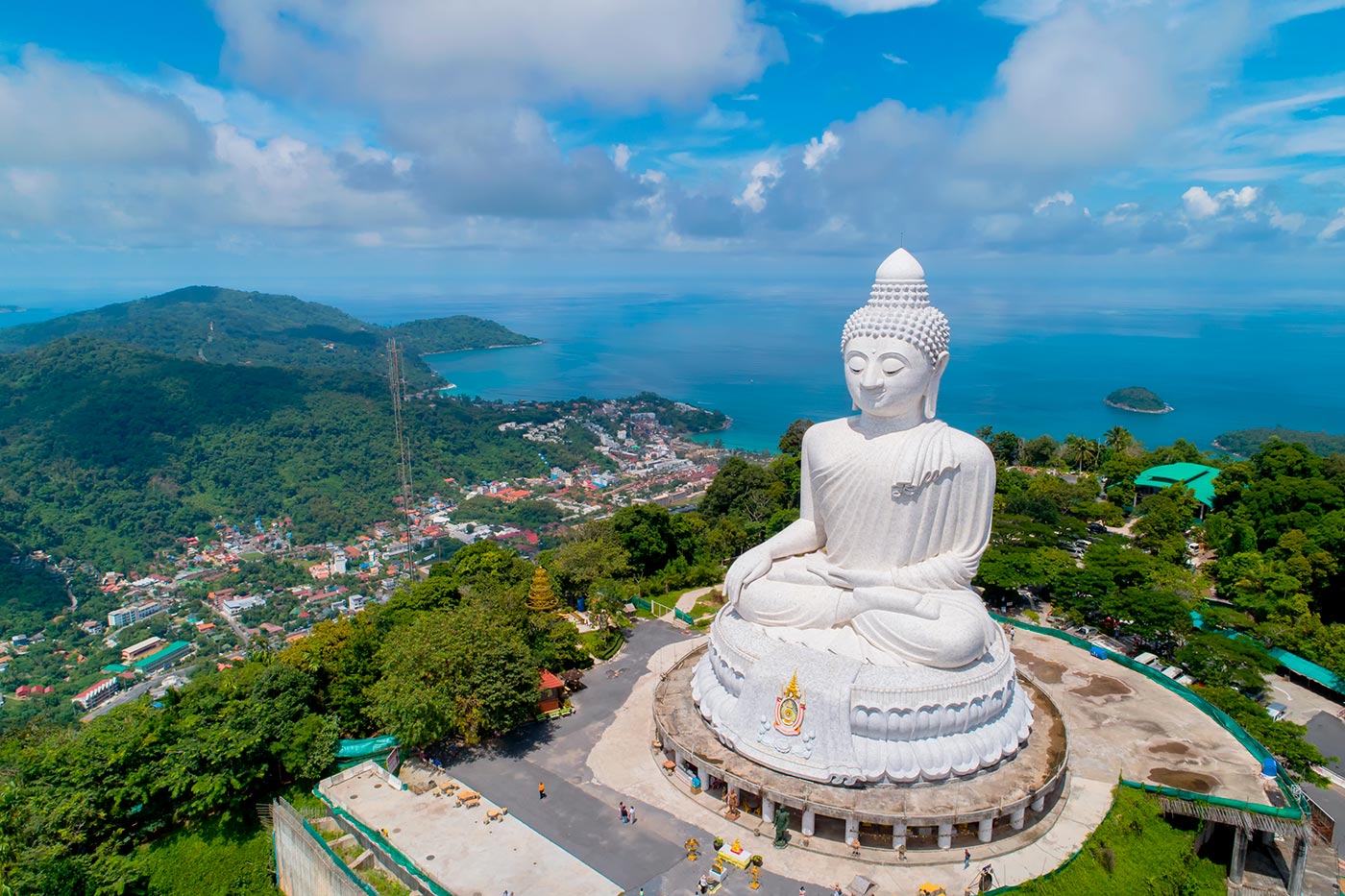
Visiting markets is a must when traveling, and Southeast Asian markets are particularly special. Talad Kaset in Phuket Town is perfect for an early morning visit, where you can browse fruits, vegetables, spices, and small food stalls for a unique experience.
In the evening, the market transforms into a great place to try different local dishes.
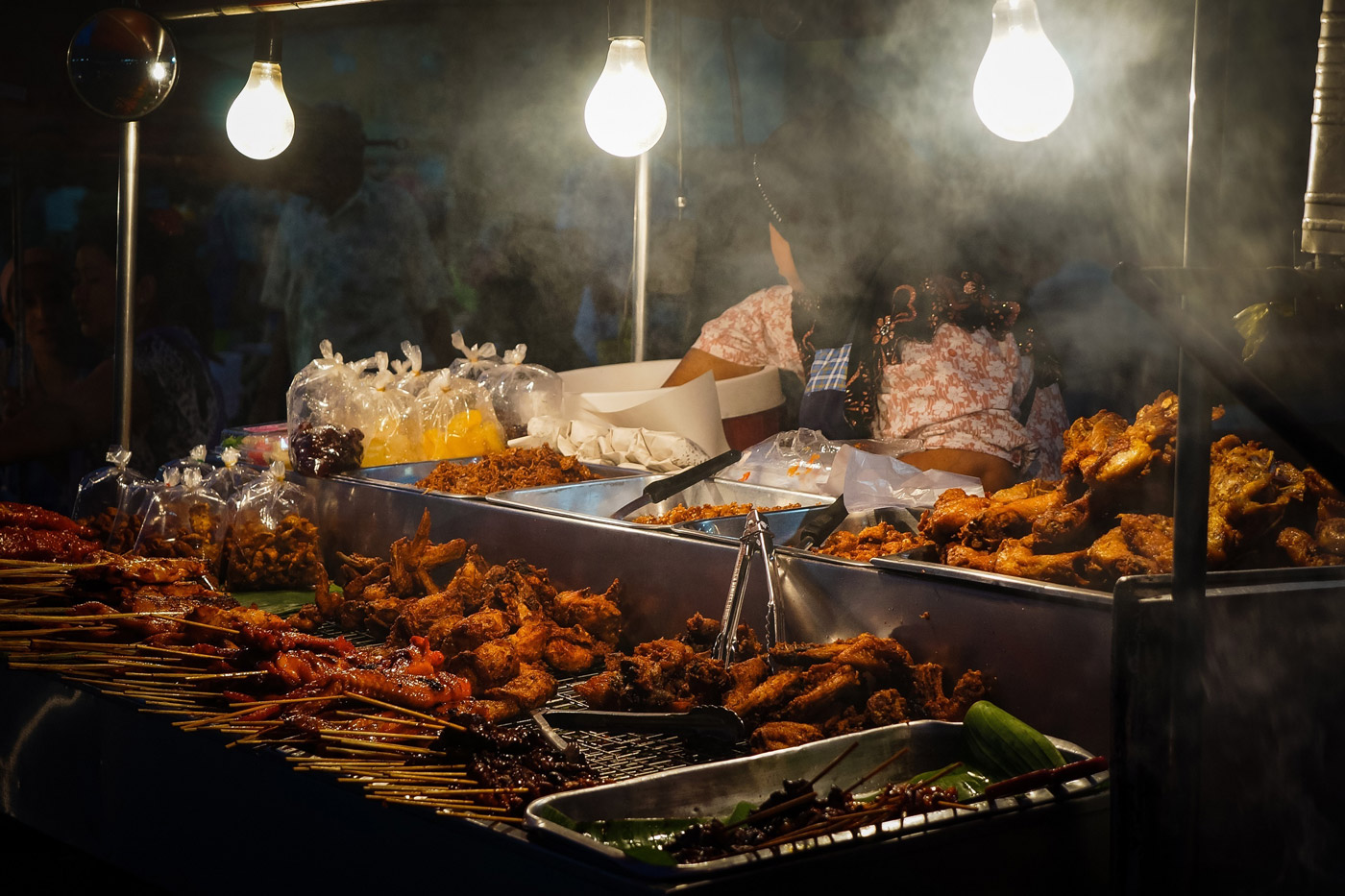
Built in the 19th century, Wat Chalong is considered Phuket’s largest and most important Buddhist temple. Located in Chalong Bay, near the Big Buddha, it’s a complex with several buildings.
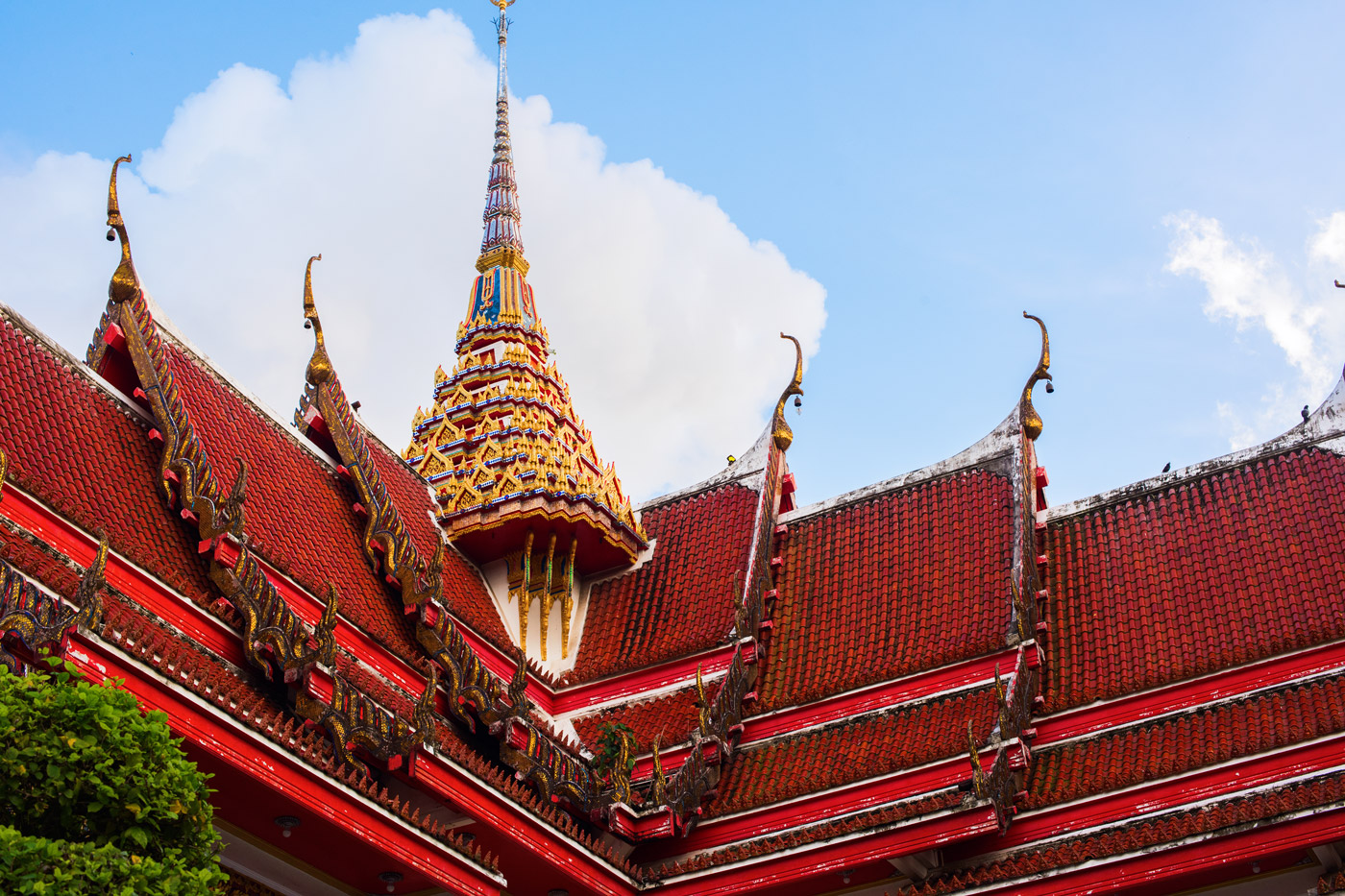
One of them, a 60-meter-tall stupa, houses a relic of Buddha’s bone. The walls are painted with scenes from his life, and you can access all floors up to the top, where you’ll find a beautiful view of the complex.
In the north of the island, Sirinat National Park covers about 90 square kilometers and includes at least four beach areas where sea turtles come to lay their eggs between November and February.
The park is also home to various species of trees and mangroves that protect the coast, as well as monitor lizards, snakes, turtles, and birds like the kingfisher and the white-bellied sea eagle.
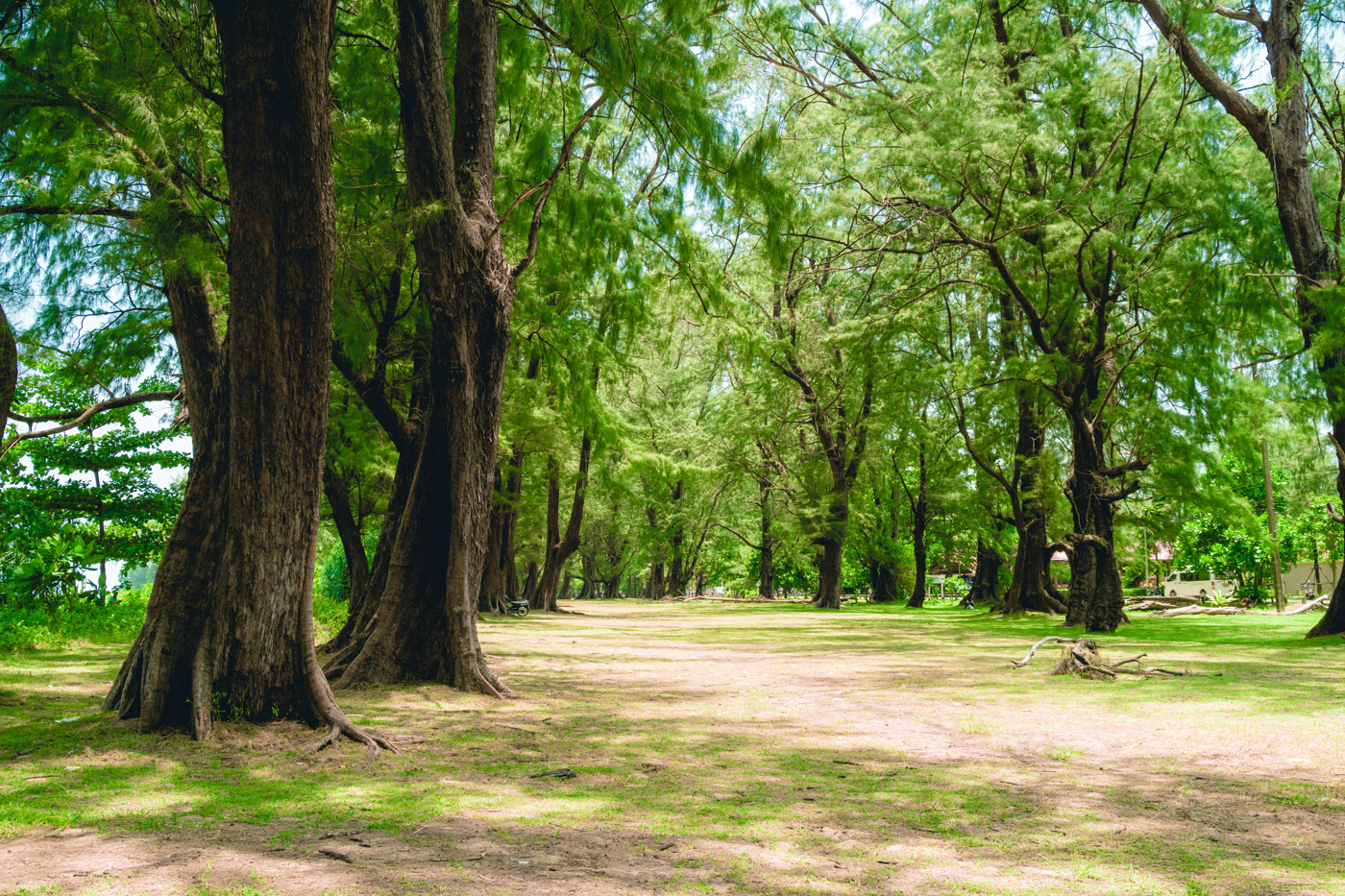
The park’s coral reef, located 700 meters off the coast, is also protected.
If you’re looking for a party, Phuket is the place for you. We are not party animals but we are always in for a few beers.
From neon-lit nightclubs open until dawn and live music venues on Bangla Road in Patong to quieter bars where you can enjoy a good conversation and a beer. Phuket has it all.
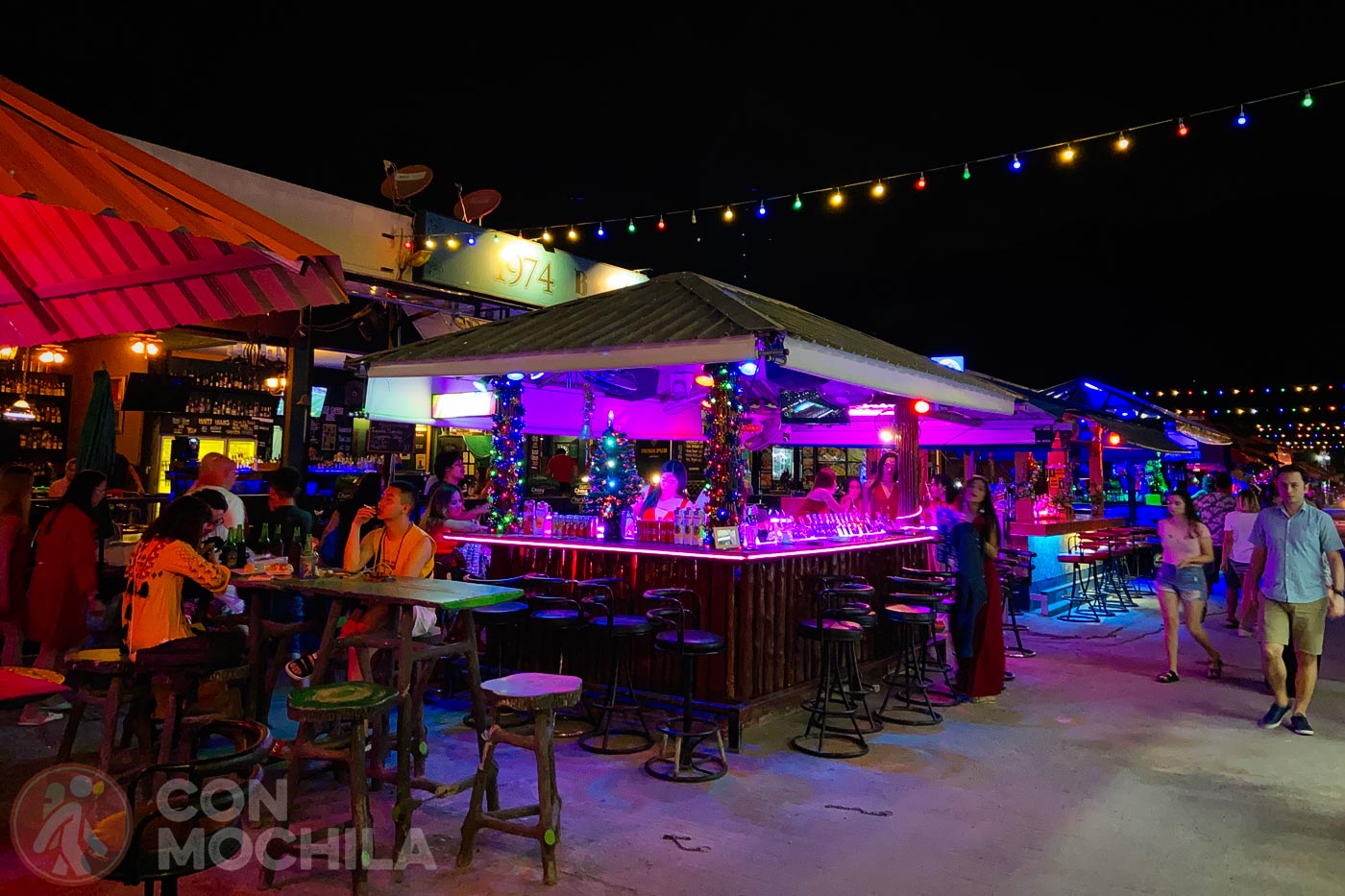
Phuket offers both crowded beaches and some that are harder to reach. Some of these secluded spots come with the bonus of stunning viewpoints.
One is Laem Phromthep Cape, where you can watch the sunset, and another is Karon Viewpoint, which, though more visited, offers views of Kata Noi and Karon Bays.
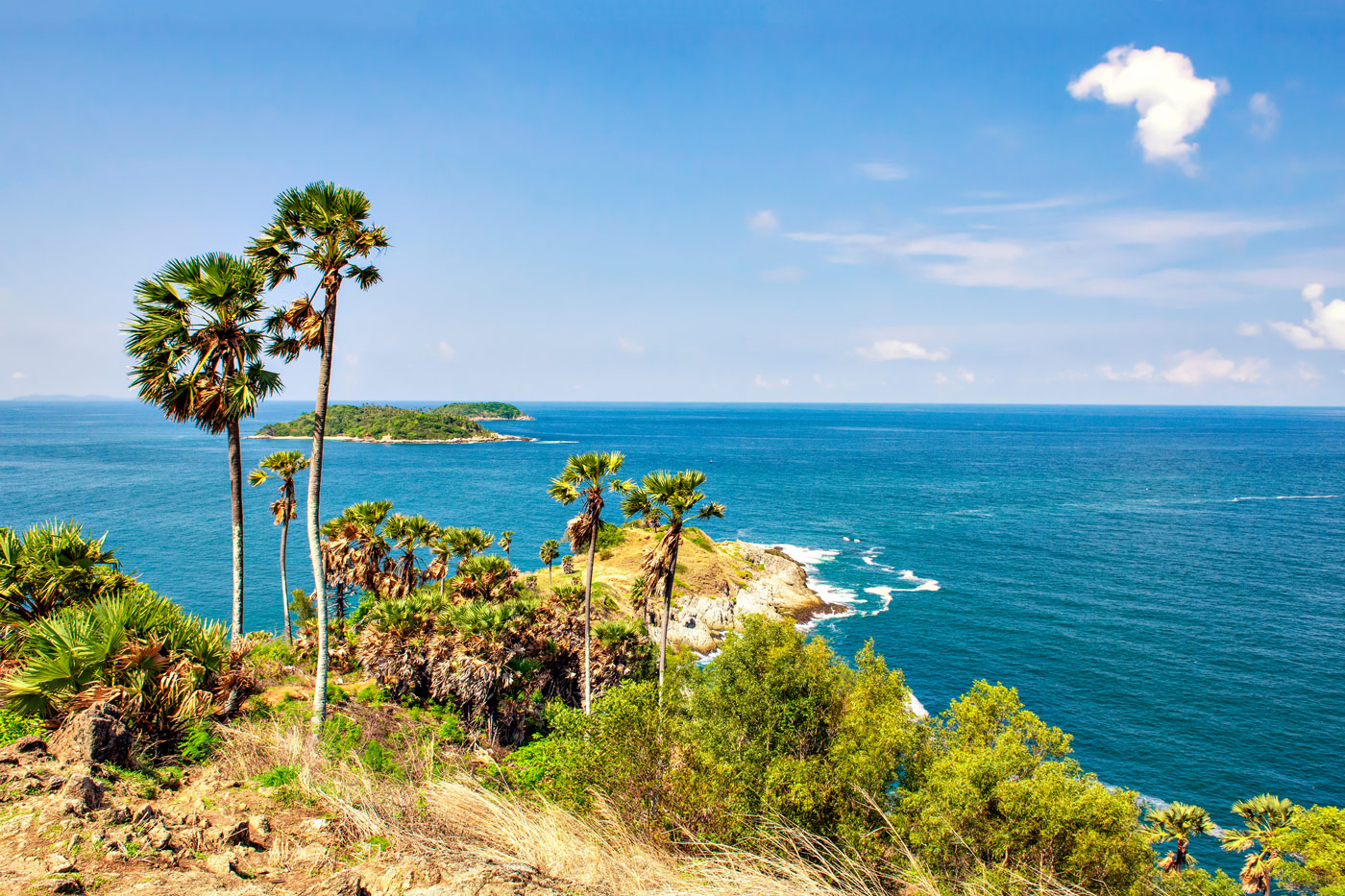
Phuket offers plenty of activities beyond lounging on the beach. You can rent snorkeling gear, go island hopping, or book a kayak tour to explore hidden caves with pristine waters and the sounds of wildlife in Phang Nga Bay, south of Krabi. Some caves are only accessible at low tide, so it’s advisable to go with a guide familiar with the area.
You can also rent kayaks or paddleboards on other beaches, but always heed local advice on tides and winds.
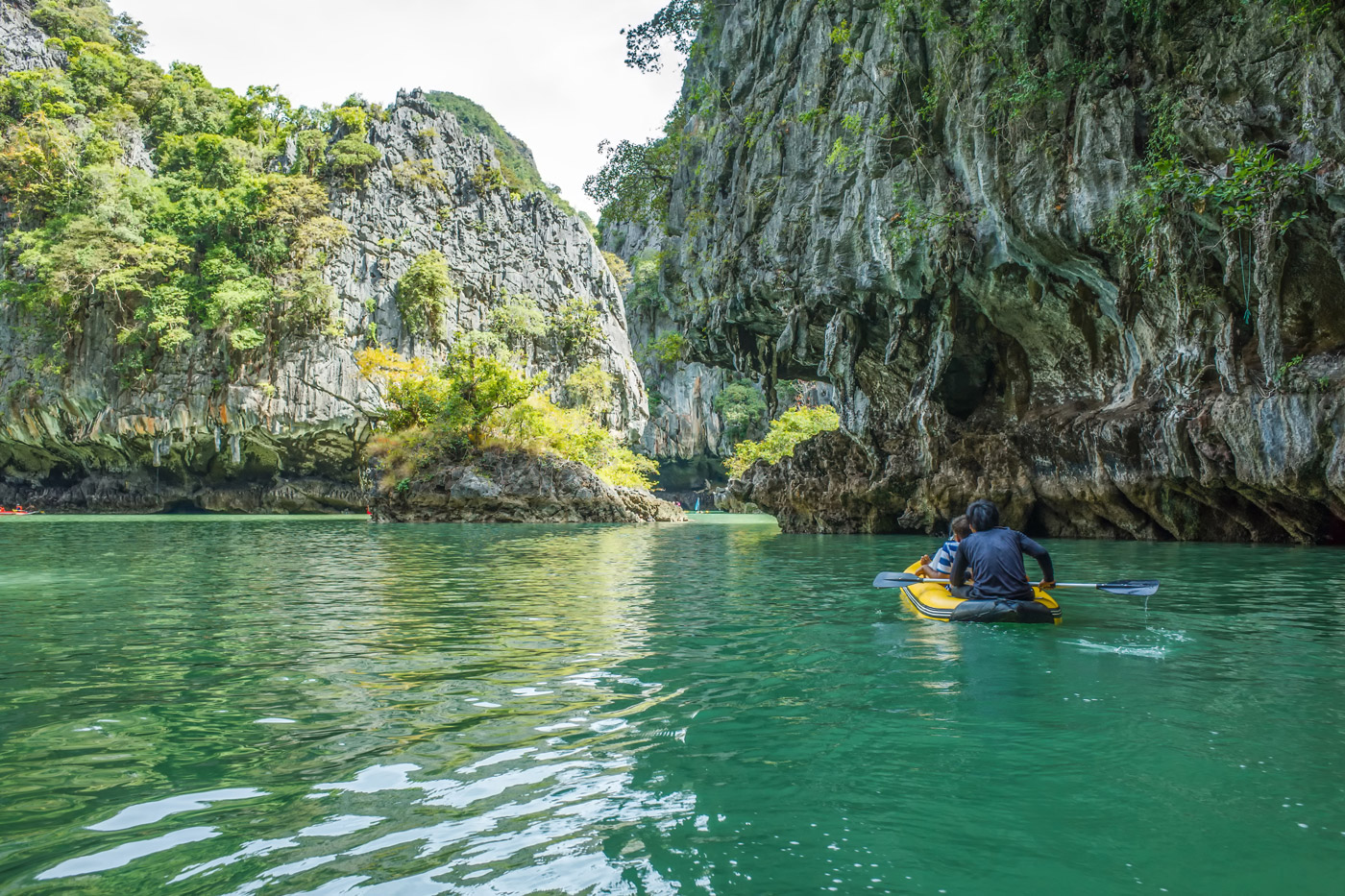
Just across from Phuket, Koh Yao Noi offers a much quieter atmosphere than its western neighbor. Some hire a guide for the ride, but we imagine it can also be done independently. Take an early morning ferry, load your bike, and in an hour, you’ll arrive at Manao Port on Koh Yao Noi.
On the island, you’ll ride past beaches and small fishing villages on quiet roads, encountering only a few motorbikes and bikes. The route is fairly flat, with a few hills depending on your chosen path.
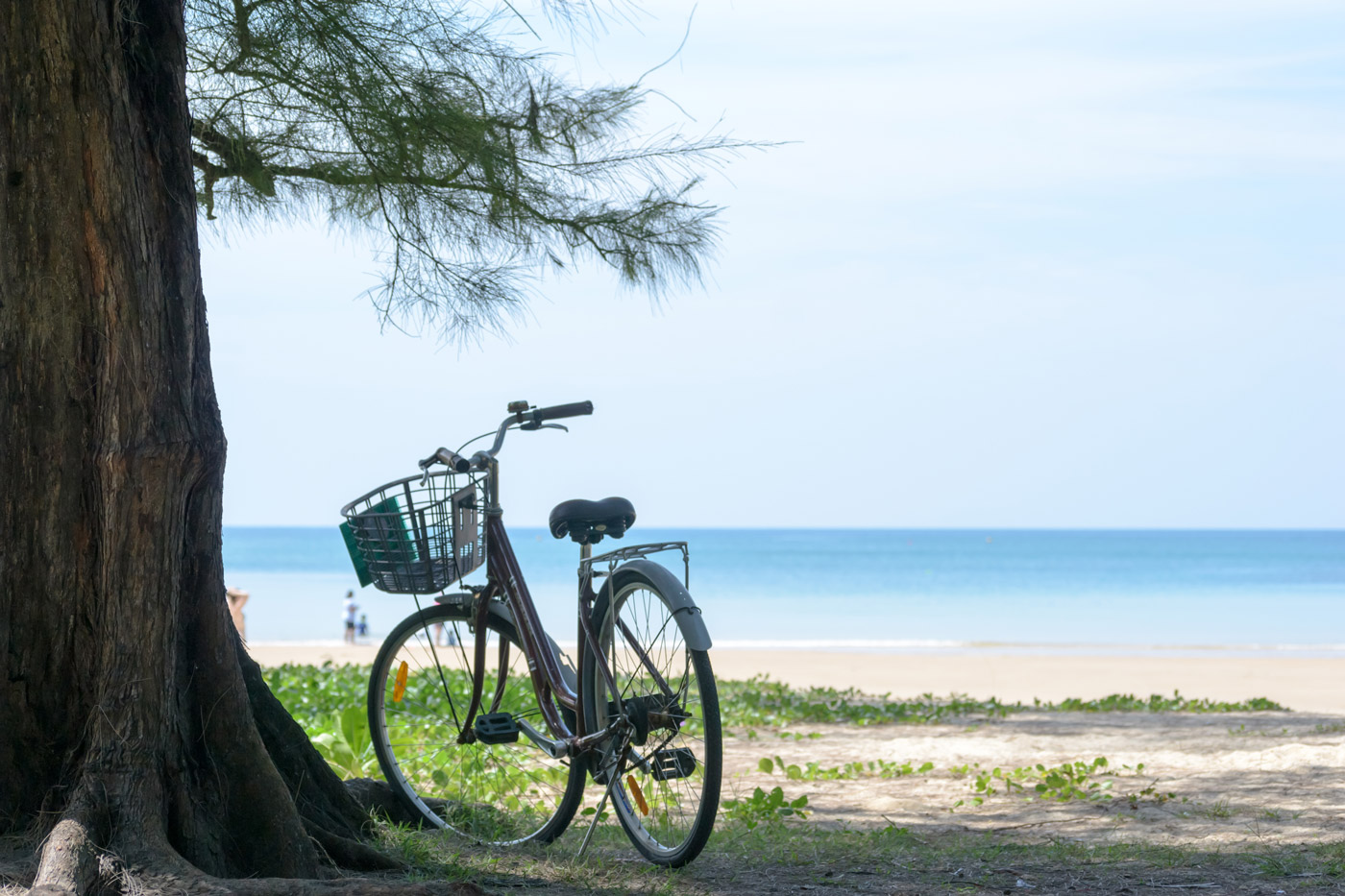
Boats and speedboats depart daily to James Bond Island, Coral Island, or Koh Phi Phi, among others. Many agencies offer these excursions, making it hard to find the most responsible one.
When snorkeling, remember not to touch anything, including coral, as it can die. Don’t leave any waste, and don’t feed the fish or turtles, as it’s harmful to the ecosystem.
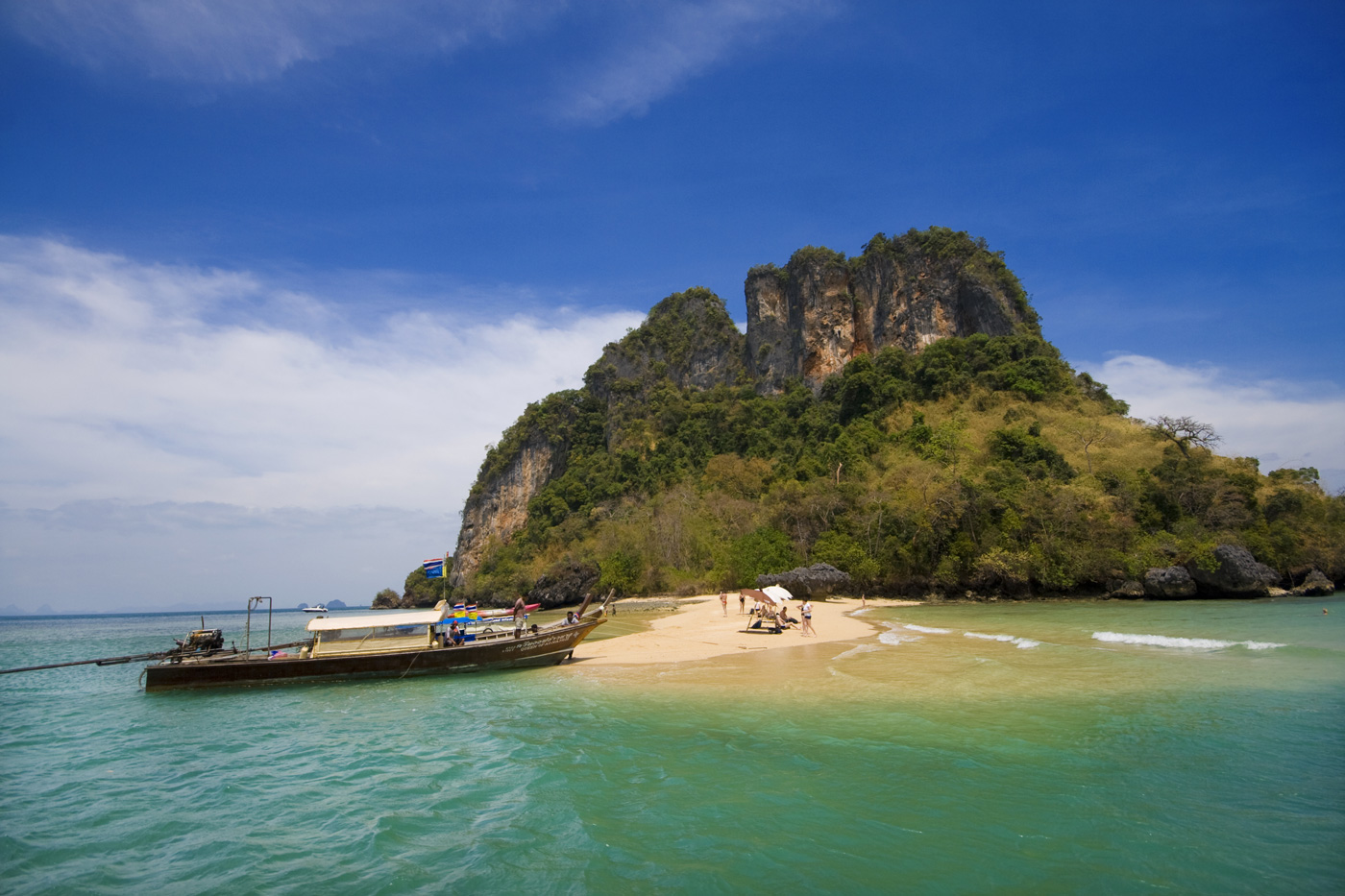
Reefs will benefit if you use sunscreen without ingredients that contribute to coral bleaching, a disease that’s devastating them.
This is one of Thailand’s most famous archipelagos, known worldwide because Maya Bay was the filming location for Leonardo DiCaprio’s movie The Beach. We weren’t completely sure about visiting Phi Phi Islands but despite the crowds, the sight of the bay from a long-tail boat is worth it.
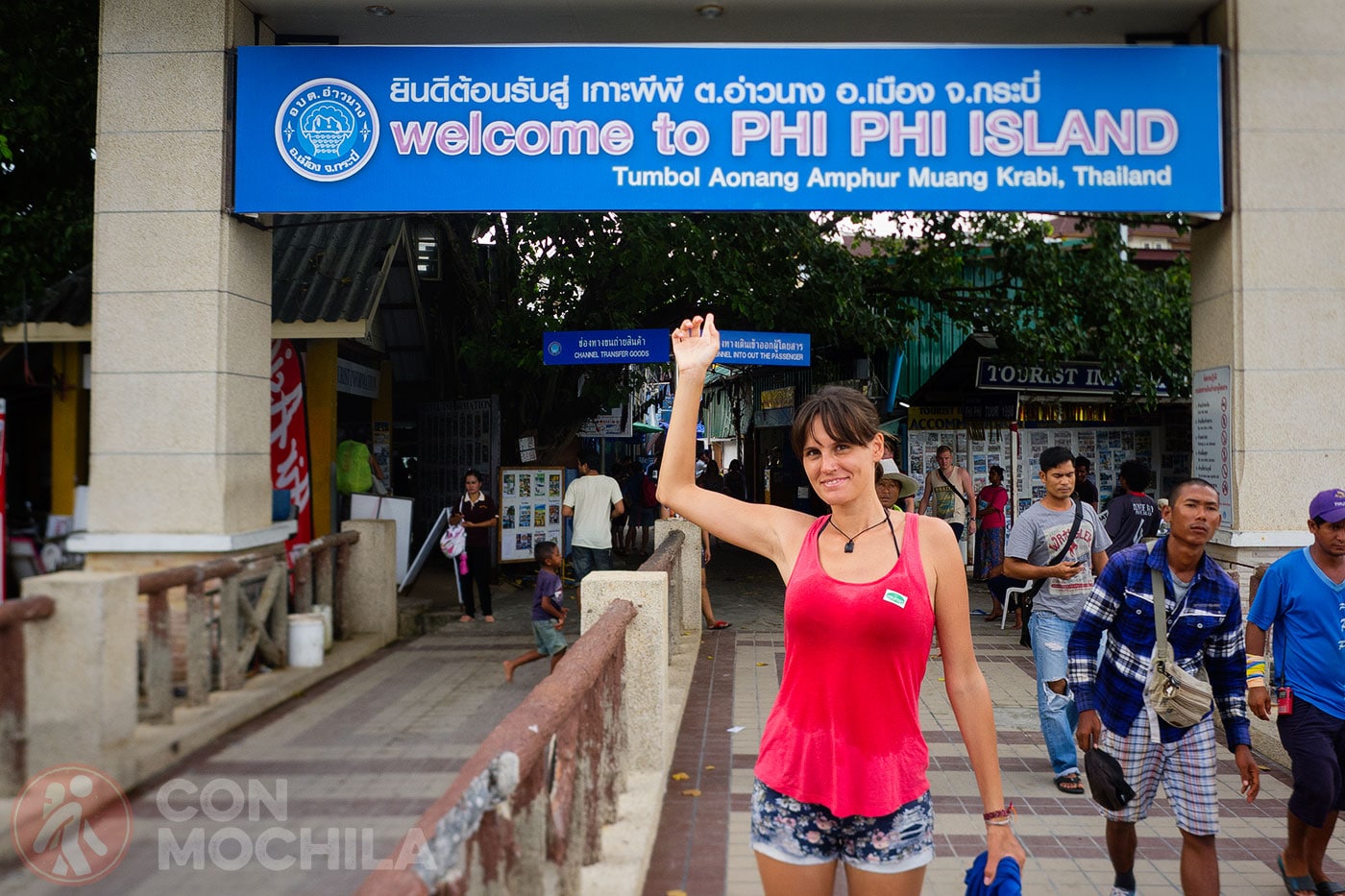
Walking on the sand, swimming in the crystal-clear waters, and enjoying the views make this paradise well worth a visit.
Located about 80 km northwest of Phuket in the Andaman Sea, the Similan Islands are a small paradise with spectacular landscapes, white sandy beaches, and rock formations shaped by natural forces over time.
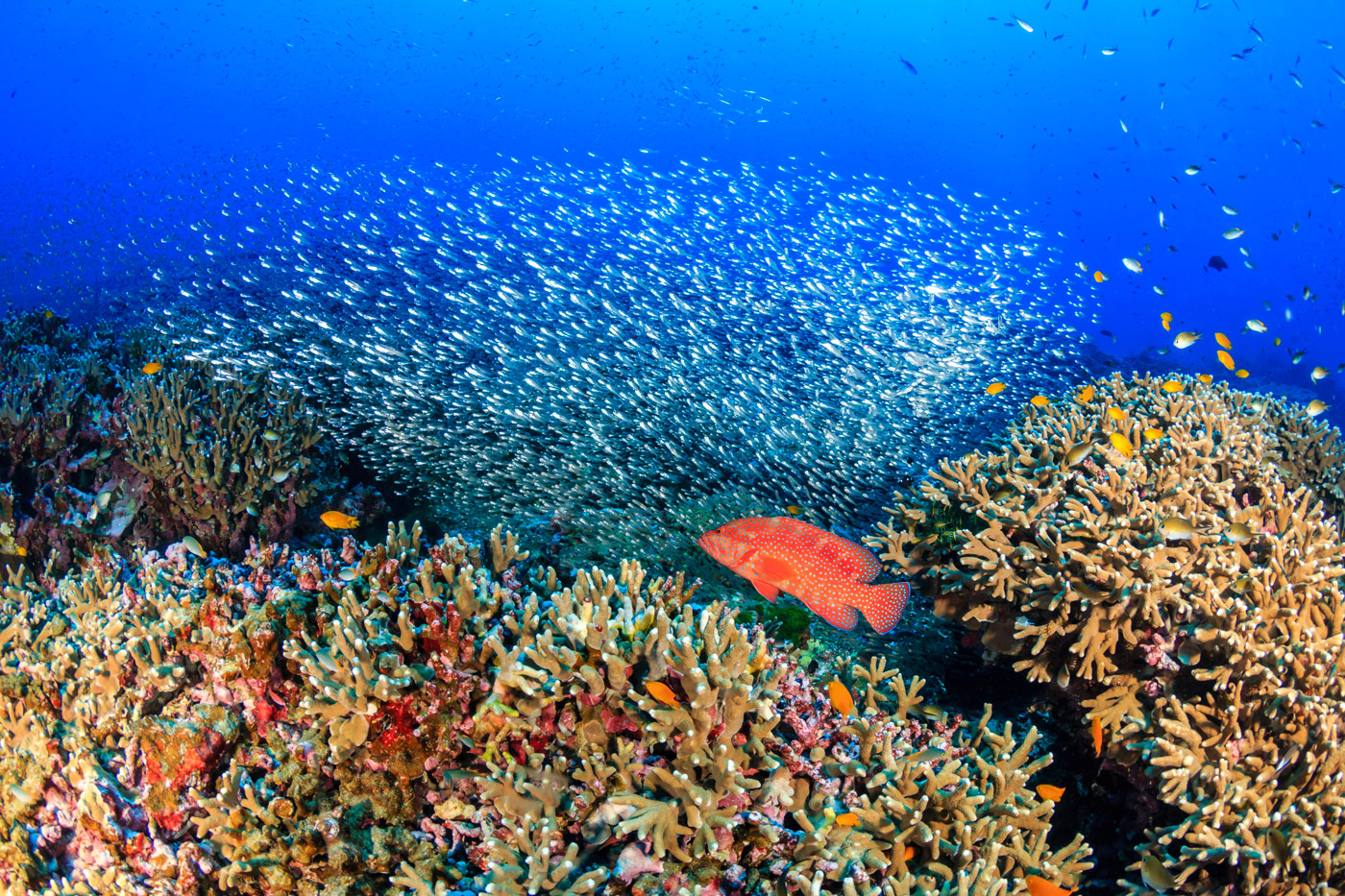
If you have the chance to dive, you’ll discover colorful corals, caves, and underwater arches that you won’t forget.
In the 1970s, a James Bond movie was filmed in the waters of Phang Nga Bay, making the pointed island of Tapu world-famous.
The limestone islands and cliffs set against turquoise waters are breathtaking. In just a couple hours from Phuket, you can spend the day taking photos and swimming near the rocky formations. The bay is dotted with many small islands to explore.
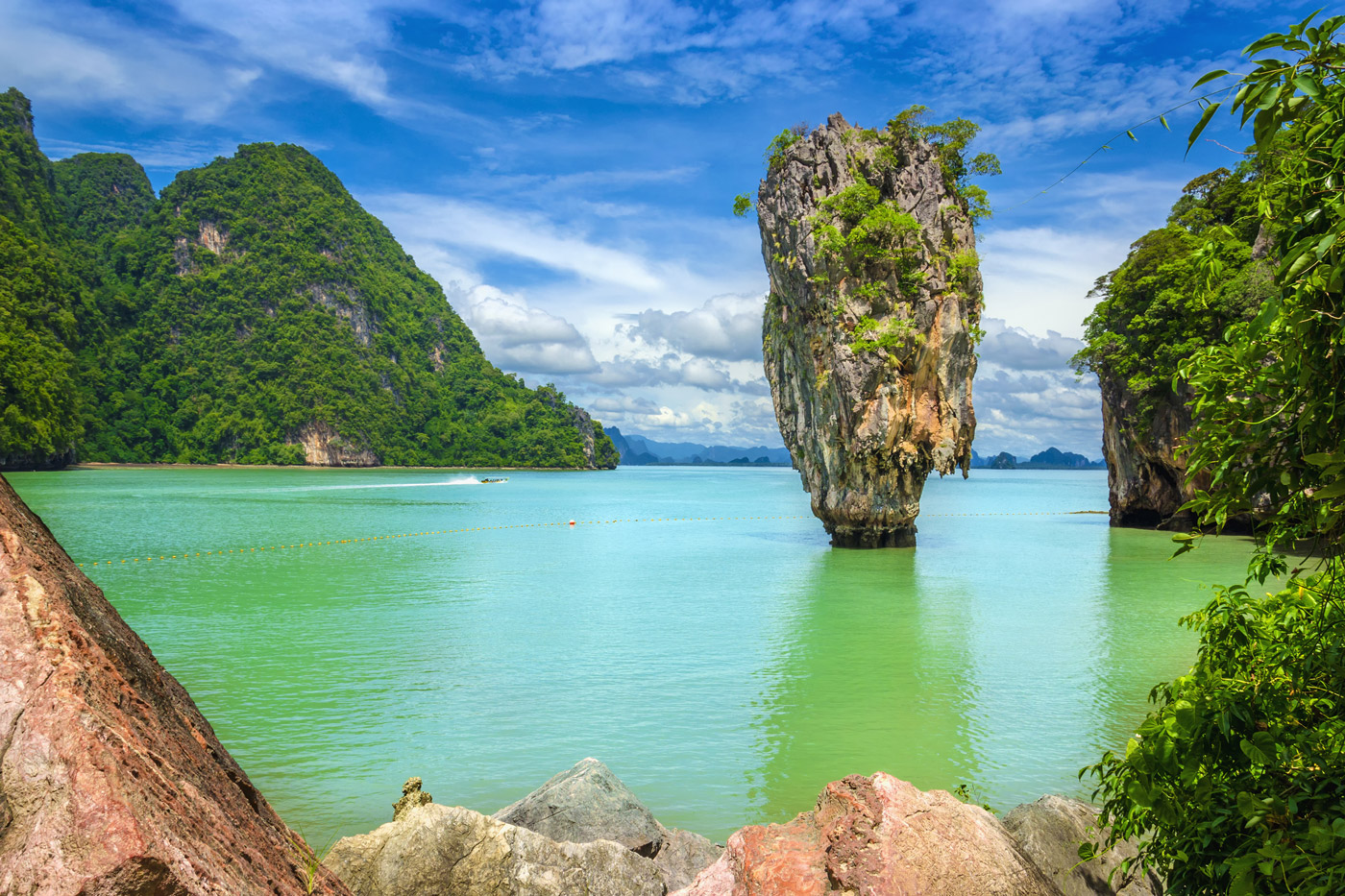
About 20 km south of Phuket, the sister islands of Ko Racha Yai and Ko Racha No are small paradises for experienced divers, with various caves and spots to explore.
If you prefer snorkeling, the turquoise waters are also perfect for discovering marine life along the coast. Currents are usually mild, but it’s always wise to check with locals just in case.
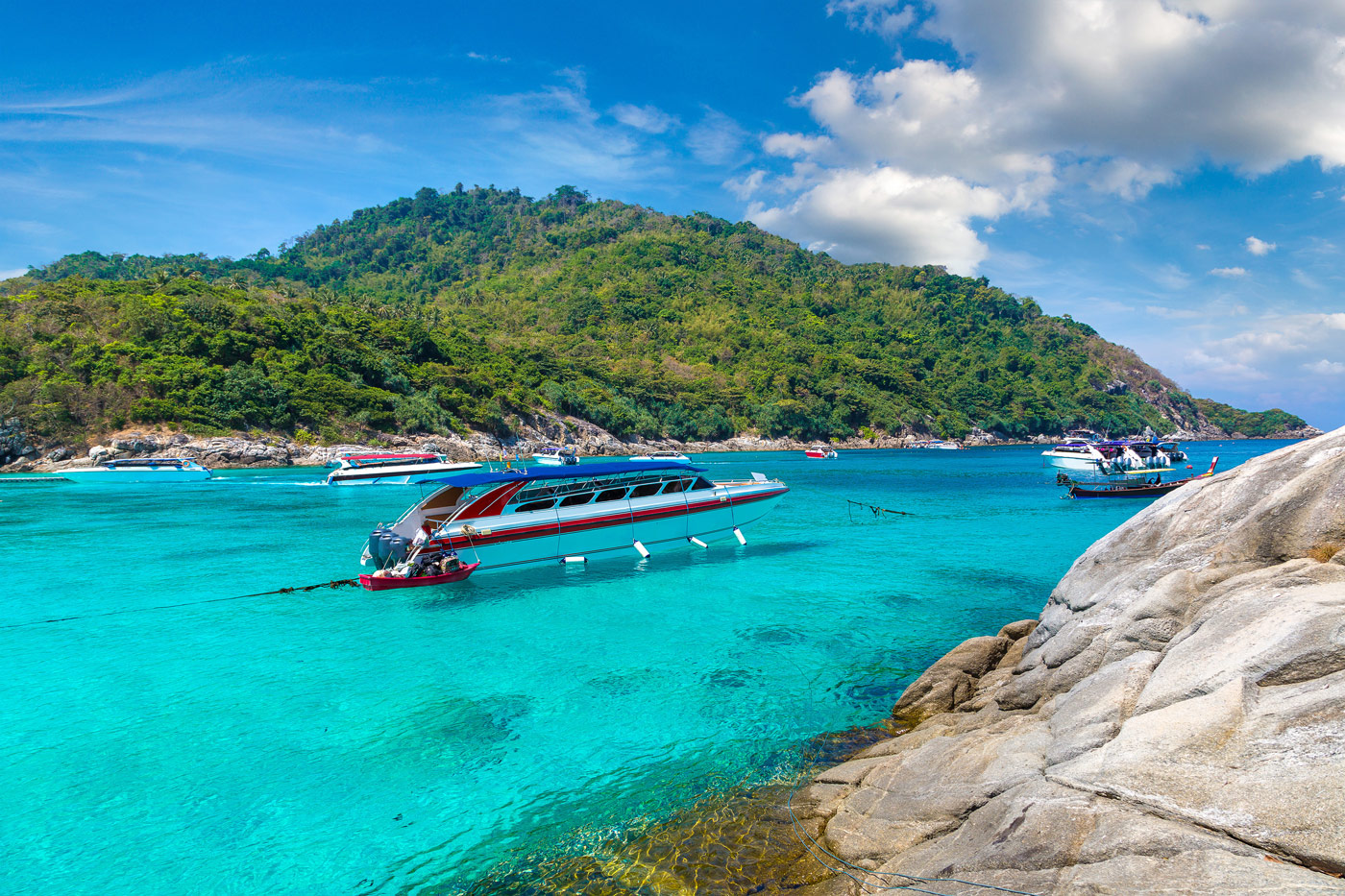
Besides the recommendations above, there are other excursions and island tours available:
For those who want to go the extra mile and help maintain the cleanliness of the archipelago, there’s an opportunity to become a “Trash Hero” for a day. This initiative aims to keep the islands free of waste, with weekly clean-up events where participating travelers are rewarded with a meal.
Phuket offers a wide Phuket offers a wide range of accommodations, catering to different budgets and preferences. Whether you’re looking for a lively atmosphere or a more serene escape, you can find something that suits your needs.
Here’s a list of recommended accommodations sorted by price range, from budget-friendly options to more luxurious stays.
Exploring the underwater world is a fascinating yet sometimes daunting activity. Simply putting on a diving mask and peering beneath the surface reveals a whole new world of colors and unfamiliar life forms.
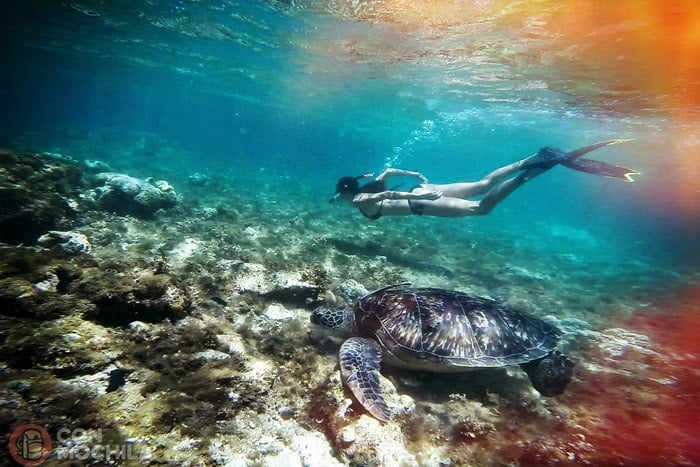
However, this world needs to be cared for and respected. If you’re planning to include snorkeling in your trip and want to ensure your presence doesn’t negatively impact the ecosystem, consider learning about responsible diving practices (whether with or without a tank).
In Phuket, the variety of restaurants is vast, and the options are endless. However, since it’s such a touristy place, the prices don’t always match the quality, and in some places, the flavors are overly adapted to foreign palates, losing a bit of authenticity.
There are international food restaurants on all the beaches, but you’ll always find more local options if you look carefully. Among all the places we ate, here are three that left a great impression on us:
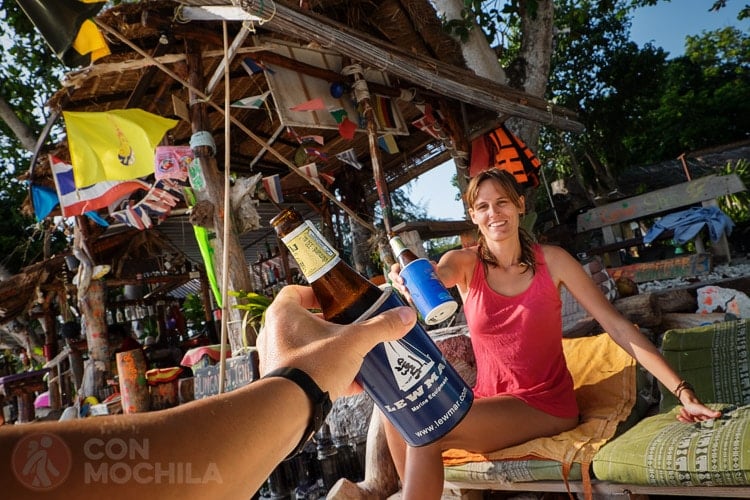
BEWARE OF THE MOTORCYCLES!
Phuket is a fairly large island, and buses and taxis are the best ways to get from beach to beach. There are local buses, songthaews, that take you from Phuket Town to different beaches but not from beach to beach. In other words, they always start and end in Phuket Town. As for taxis, there are metered taxis, but it’s always good to ensure that the meter is working or has been set correctly. Depending on the season, taxis prefer a fixed rate, so be prepared to negotiate and agree on a price.
If you can drive, renting a motorcycle offers the most freedom. However, be careful because the island’s roads are very winding, with sharp curves and steep hills, so if you don’t have experience, this isn’t the best place to start practicing. Remember to get an international driver’s license if you plan to rent vehicles.
When you buy a ferry or boat trip ticket, it’s common for a pick-up truck to come and collect you beforehand to take you to the port.
Click on the image and it will take you to a new Google Maps window with all the points of interest to travel around Phuket.
Although it may seem too late for some places, there’s no excuse, and travelers must be the best versions of themselves and demand responsible tourism. That way, as a destination becomes more popular, it doesn’t lose its charm as more people arrive.
Sustainable tourism that chooses eco-friendly options and rejects destructive ones creates a type of demand. What might be sufficient in your country is not sufficient in a destination where no one can guarantee that the waste you leave behind will be properly managed.
You’ll see that in Phuket, there’s still not much awareness about straws and single-use cups, although it’s a general issue across Thailand. Most beach bars serve shakes in plastic cups and coconuts with plastic straws… There’s a lot of work to be done!
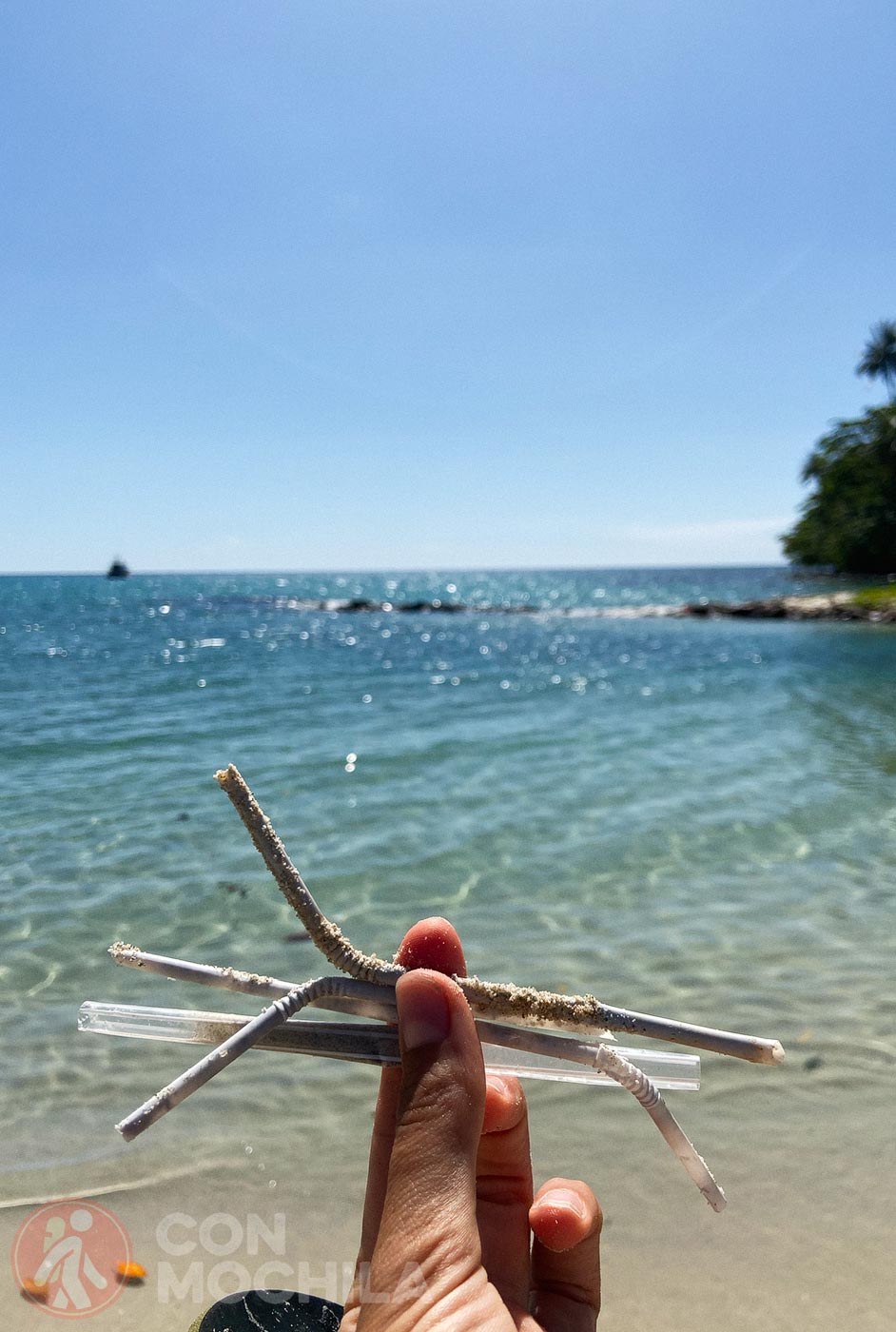
Why are we talking about this? A few years ago we realized about all the plastic we used during our travels and we wrote about it in Hace unos años nos dimos cuenta de la cantidad de plástico que utilizamos durante nuestros viajes y escribimos sobre ello en Travel without a trace: reduce your impact the easy way (coming soon).
But in addittion to complaining, we decided to take action and little by little change our habits and share small tricks with our readers: Less plastic in your backpack, ten simples ways to reduce it (coming soon), reduce and offset our carbon footprint (coming soon), eat local, leave our money to local companies, opt for accommodation with less environmental impact, etc.
The most negative aspect of Phuket is that it has its fair share of tourist traps involving animals. Tiger centers, trekking camps, fake sanctuaries, young elephants used for photos on the beach and as hotel attractions, eagles for photos, and monkey shows are prevalent. There are several elephant sanctuaries, but we don’t know of any with a good reputation in Phuket, so we can’t recommend any.
01 WHEN IS THERE ANIMAL ABUSE?
In our article “Tourist Traps and Animal Abuse: Be Informed and Don’t Be an Accomplice,” (coming soon) we explain when there is animal abuse and how to recognize places where animals are being mistreated. The article also includes many interesting links from fellow travel bloggers who practice responsible tourism.
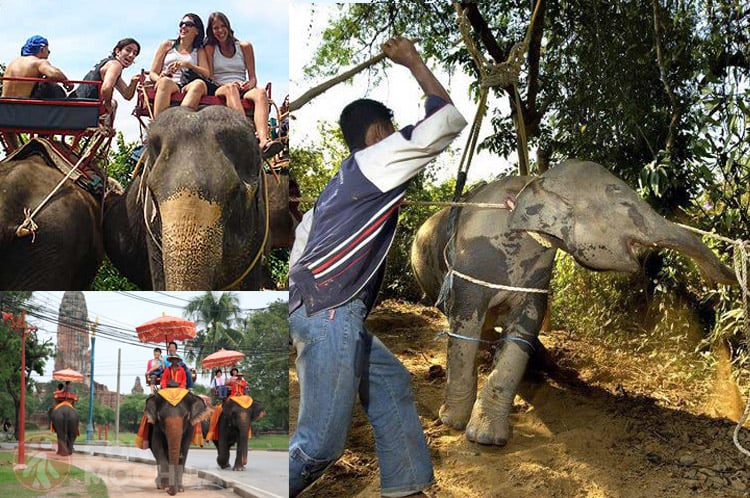
02 TIGER CENTERS
The famous tiger centers in Thailand are not sanctuaries or rescue centers; they are mere tourist attractions. Visiting these places doesn’t help the species or rescue any individuals. Instead, you’re contributing to an industry that breeds tigers for profit and discards them when they are no longer needed.

03 PHOTOS WITH ANIMALS
Although the article “Gibbons and Tourism in Thailand” (coming soon) discusses gibbons, the same issues occur with these animals and their families when they are used for tourist photos, as with macaques, langurs, or elephants. If you love animals, you probably won’t want to be part of this activity.
